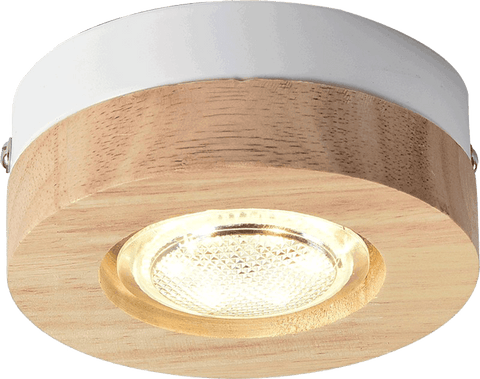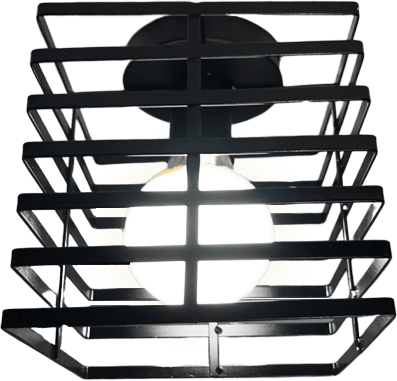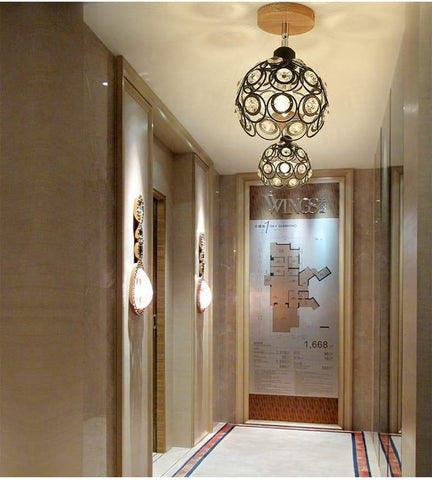
Exterior sign lighting 21/22 Guide
of reading - words
How Exterior Lighting Makes Architecture Come Alive at Night
Architecture must consider light within its design, as this feeds one of our primary senses vision. But what happens to an architecture once the sun sets? A building must still convey its architectural language through function, beauty and meaning even at night.
In fact, some buildings are able to come alive at night showcasing their geometric forms, material textures and functional elements in new ways. An architecture's nighttime personality may create an entirely new sense of place for a building, where its architectural character radiates in new light (you should check out our outdoor blue light).
Thus, the design of lighting for an architecture is critical as this illumination is what makes it work for nighttime use.

Through aspects like hierarchy through light intensity, materiality through lighting color and even the use of lighting direction (with conscientious use of shadow), proper lighting design can make architectural elements stand true to their three-dimensional configurations.
Additionally, lighting fixture technologies must work well with a building's elements during daylight hours. Thus, selecting proper lighting is simultaneously about integrating beautiful lighting fixtures as it is about making sure those lighting fixtures present the architecture at its fullest potential at night.
The integration between lighting and architecture is a delicate balance, that when designed properly, can make an architecture exude not only function, but beauty as well.
Lighting that Becomes One with Architectural Elements
Critical to an architecture's life at night is its ability to guide its occupants through its spaces. Lighting pathways, entries and exits are key but what about the lighting of architectural building elements like walls, glass or columns?

Lighting can be used to give architecture an uplift as it becomes one with its elements. Just as architecture can be rhythmic or fluid, so too can its lighting. Both work together to help the architecture invite its visitors into experience space in new forms.
Architecture through Signage Illumination
Buildings often have signage which must be read at night. Selecting the correct lighting for this type of application is critical, as this brands the building, and the community contained therein.
With a building's signage, it is important to understand that such elements become an extension of the building and thus, become a prominent part as they are hierarchically significant.

From lighting the numbers of a home address to lighting the signage on a business' building, this branding of architecture is often what visitors see first. Thus, it is important to get it right.
Using Good Lighting for Architectural Navigation
Ground lights can serve to light pathways that work together with an architecture's circulation. Not only does this show a visitor where to travel, but it can also emit a beautiful sense of architectural movement and flow, as there are multiple ways to light a path. For instance, when using uplighting to illuminate walls (have you seen our top wall light fixtures) along a path a wonderful experience radiates as material textures come alive and the architecture seems to float.
The Illumination of Exterior Common Areas
Common areas are also critical to an architecture's nighttime life. In fact, these areas can be kept safer and more functional with the proper illumination (check our outdoor lighting fixture guide). Exterior common areas are an extension of an architecture's design and as such, should not become a wasted opportunity. At night such common areas can be found in plazas, parks or even small gathering alcoves and when lighting design is thoughtfully carried out here, all kinds of functionalities become possible: from social gatherings to community entertainment.
Architecture of all sizes can make use of well-lit common areas. From the backyard of a home to a retail center's plaza, great lighting can promote safe areas to gather for fun. At times, lighting can even take on its own beauty that complements the architecture where lighting becomes sculptural as a center-piece that magnetically pulls visitors closer.
Bringing Beauty to Site Elements
There are certain architectural elements that must exist on a building site that can get lost in the darkness of night. Instead of allowing such elements to simply fade away into the darkness, why not use lighting fixtures that add not only safety, but also beauty as they illuminate such site features? Architectural site elements take on a life at night that add to the welcoming nature of a building. It is important to note that site lighting can provide a beacon-like light quality that steps visitors toward the architecture through an experiential journey of light.
Lighting as a Bridge between Architecture and its Landscape
At night, the beautiful landscaping that exists on an architectural site can often disappear into the darkness. However, by lighting the landscaping that is integrated into an architecture the building will sit nestled on its site. Lighting allows for an architectural site's primary features to be pulled from the darkness to work together with the architecture. Landscaping can mean more than simply illuminating trees. For instance, it can also mean illuminating water.
How Light Uplifts Architecture at Night
As you can see, lighting for a building is more than simply illuminating a path for visitor travel. It impacts many dimensions to an architecture's function, beauty and meaning. From accentuating an architecture's materiality in terms of color and texture, to inviting visitors to come closer to experience the architecture, or its intended functionality lighting links people to buildings at night.
Thus, when the sun goes down, this gives an architecture a new opportunity to showcase what it can do from an entirely different perspective.
After all, sunlight changes from moment to moment, and an architecture must work to integrate with those changes. But at night, light can be used to redefine what an architecture is doing, both in its exterior and interior.
Architectural lighting for nighttime use is critica' for functional reasons, but also because with it, so much more can be learned and experienced about a given architecture.
Don't forget The Fancy Place Mounted Ceiling Lights.
 Light Fixture On Wall & Furnishings Items Shop
Light Fixture On Wall & Furnishings Items Shop



